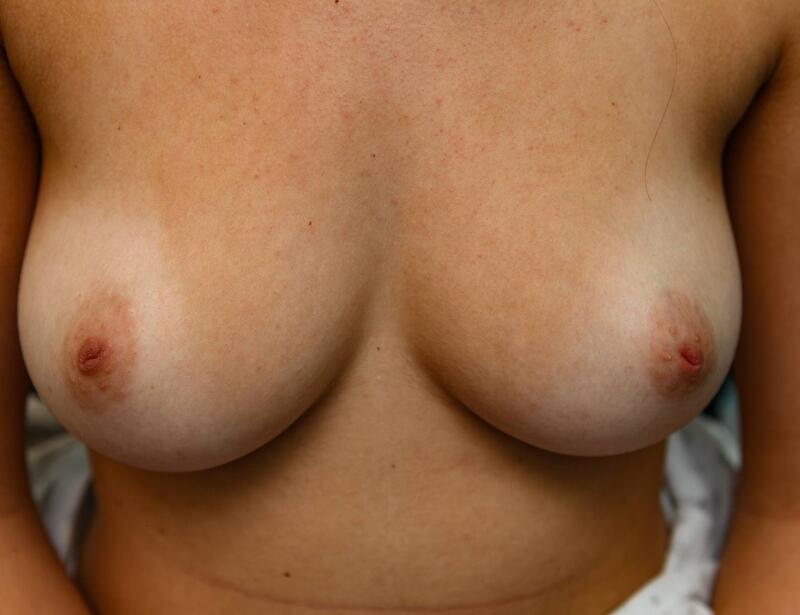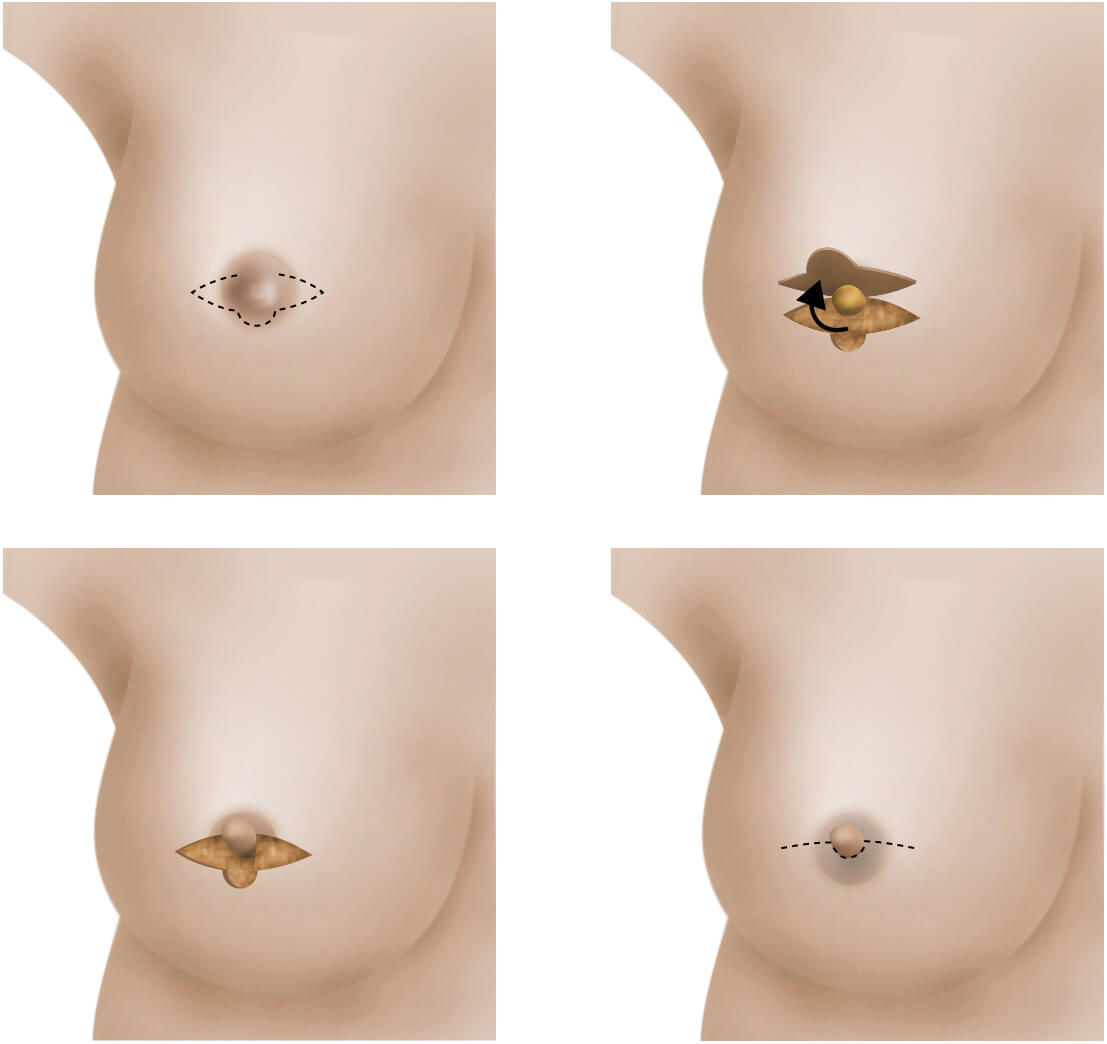Inverted Nipple
An inverted nipple is a condition where the nipple is turned inward instead of pointing outward. This can happen to one or both nipples and may be present from birth or develop later in life.

Types of Nipple Inversion
- Congenital (Present from Birth): Many people are born with inverted nipples, which is usually harmless and doesn’t typically indicate a health concern.
- Acquired (Develops Later in Life): If a nipple that was previously outward-facing becomes inverted, it could sometimes signal an underlying issue, especially if accompanied by other changes in the breast.
Common Causes of Nipple Inversion
- Normal Variation: Some people naturally have inverted or flat nipples, and it may run in families.
- Hormonal Changes: Hormonal fluctuations, such as during puberty, pregnancy, or breastfeeding, can sometimes temporarily or permanently affect nipple shape.
- Breastfeeding: Continuous breastfeeding can cause structural changes in the breast, sometimes leading to temporary or permanent nipple inversion.
- Aging and Skin Elasticity: Over time, changes in the breast tissue and skin elasticity can sometimes cause the nipples to flatten or invert slightly.
- Underlying Health Conditions:
- Blocked Milk Ducts: This can cause the nipple to be pulled inward, particularly if the ducts are scarred or inflamed.
- Breast Cancer: In rare cases, sudden nipple inversion in an adult, especially if accompanied by other symptoms like lumps, discharge, or skin changes, could signal breast cancer. This requires immediate medical evaluation.

When to See a Healthcare Provider
- If nipple inversion is a new development, particularly if it occurs in only one breast.
- The inversion is accompanied by other symptoms, such as a lump, nipple discharge (especially if bloody), skin changes, or pain.
- You have concerns or discomfort related to the inversion, particularly if it interferes with breastfeeding or self-esteem.
Treatment Options
1. Non-Surgical Treatments:
- Nipple Exercises: Sometimes, gentle pulling or exercises prescribed by a healthcare provider can help protrude the nipple.
- Nipple Shields or Suction Devices: Small devices designed to draw the nipple outward may be helpful, particularly for breastfeeding mothers.
2. Surgical Options:
- In some cases, surgery can be performed to permanently correct inverted nipples by releasing the ducts or fibrous tissue pulling the nipple inward.
- Surgical intervention is usually only recommended if the inversion is causing issues with breastfeeding, hygiene, or self-confidence.
In most cases, an inverted nipple is harmless, particularly if it has always been present. However, any new changes in the nipple should be evaluated by a healthcare provider to rule out underlying health conditions.

